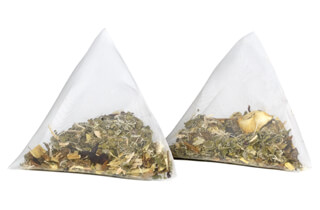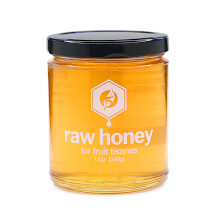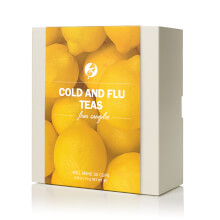94
throat therapy
based on 419 reviews
Our Throat Therapy tea blend is just what your sore throat is thirsty for. The warm and soothing embrace of sweet licorice, calming anise, and fresh raspberry leaves are a trifecta of comfort. We recommend sipping this one with a bit of honey for that added coating effect.
Be sure to talk with your doctor or healthcare provider before use, especially if you are pregnant or nursing, taking any medication, or if you have a medical condition. This product is not intended to diagnose, treat, cure, or prevent any disease. Intended for adult use only.
Herbal Tea | No caffeine | Steep at 212° for 5 mins
Tea Timer
Customer Reviews (419)
Teabags
Our teabags contain the same high-quality tea as our loose-tea offerings. Their pyramid shape gives the leaves plenty of room to unfurl and infuse, placing more flavor in each cup. Enjoy the superior flavor of gourmet tea with the convenience of a disposable bag.
teabags
15 full leaf pyramids
$14
Ingredients & Lore
blended with licorice, raspberry leaves, aniseed, cinnamon, orange, hibiscus & slippery elm
Licorice is a plant from the bean family most used for its root. The root, which is up to fifty times sweeter than sugar, can be chewed on by itself as a treat or used to flavor various types of licorice candies. In the United States, sweet red and black licorices are the most common, though there are other varieties that are popular in Europe, including salty black licorice. Anise, which has a similar flavor to licorice, is also commonly used in licorice candy, though the two plants are unrelated.Raw Honey for Fruit Tisanes
This locally sourced, exquisite raw honey is a perfect complement to the tart notes of fruit tisanes.
12oz
honey for fruit herbals
$9
Know your Inclusions
Click on the ingredients below to discover more about their properties:
licorice root
licorice root
Used in traditional Chinese and Ayurvedic medicine for centuries, licorice is the root of Glycyrrhiza glabra from which a sweet flavor can be extracted.
It's uses include soothing stomach issues such as food poisoning, stomach ulcers and heartburn. It is also prized for the anti-inflammatory and immune-boosting properties derived from its glycyrrhiza acid.
It's uses include soothing stomach issues such as food poisoning, stomach ulcers and heartburn. It is also prized for the anti-inflammatory and immune-boosting properties derived from its glycyrrhiza acid.

Part of cold and flu teas sampler
Explore a variety of teas with our popular sampler set. Four teas included are: lemongrass ginger, minty comfort, speedy recovery, throat therapy
cold and flu teas
will make 35 cups
$14
Questions and Answers
Ask a question about throat therapy and have the Adagio Teas community offer feedback.
I just got my order of throat therapy. It is normal for it to have large clumps of green dried fiber on the top that is not mixed in with the other ingredients. At first I thought it was mold, but I think it is part of the tea. What is it?
KM
Asked by Kathy McLaughlin
on January 19th, 2019
on January 19th, 2019
2
VIEW REPLIES
HIDE REPLIES
Is Throat Therapy safe for pregnant women?
MS
Asked by Miki Shimai
on October 10th, 2020
on October 10th, 2020
1
VIEW REPLY
HIDE REPLY
This tastes sweet to me. Are there sugars extracted when steeped?
JE
Asked by Jeremy Engel
on June 28th, 2021
on June 28th, 2021
2
VIEW REPLIES
HIDE REPLIES
Would this blend be helpful for allergy-related sore throats?

Asked by Heather Seo
on January 19th, 2023
on January 19th, 2023
1
VIEW REPLY
HIDE REPLY
You'll Also Enjoy
tea-tox
17¢ / cup
score: 93








